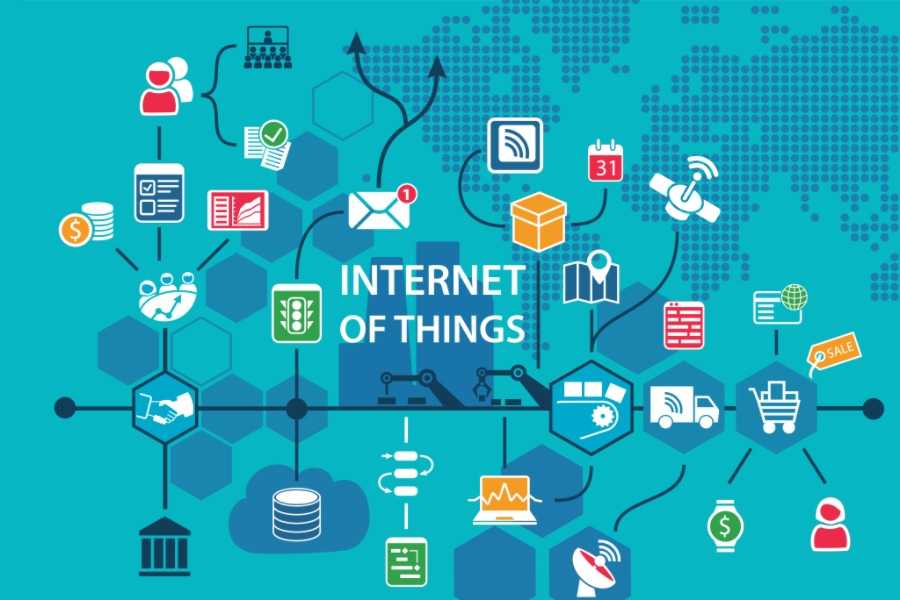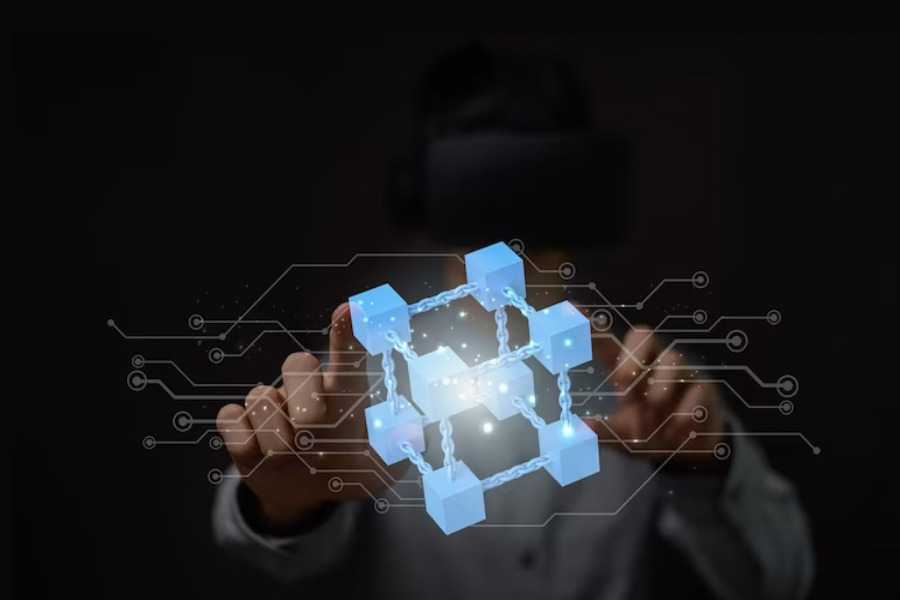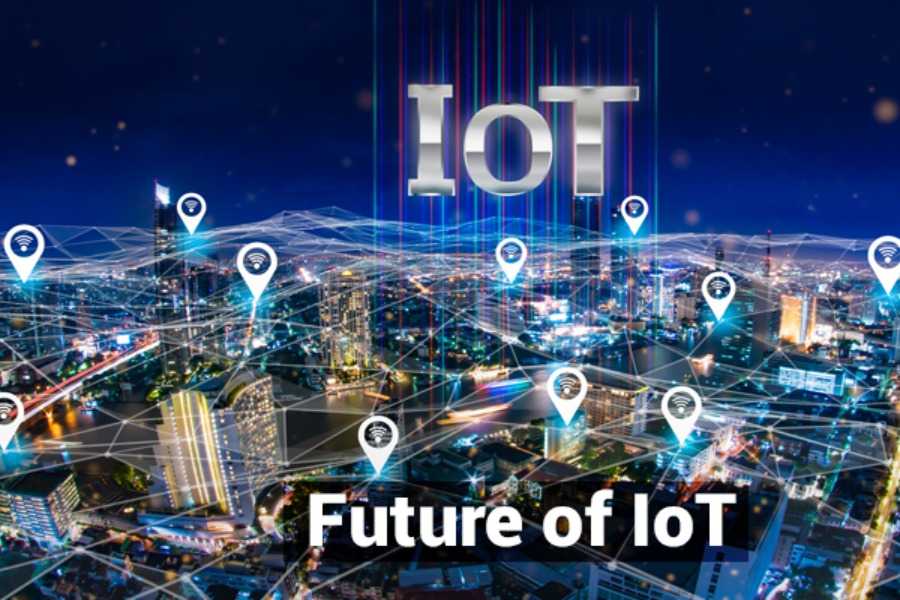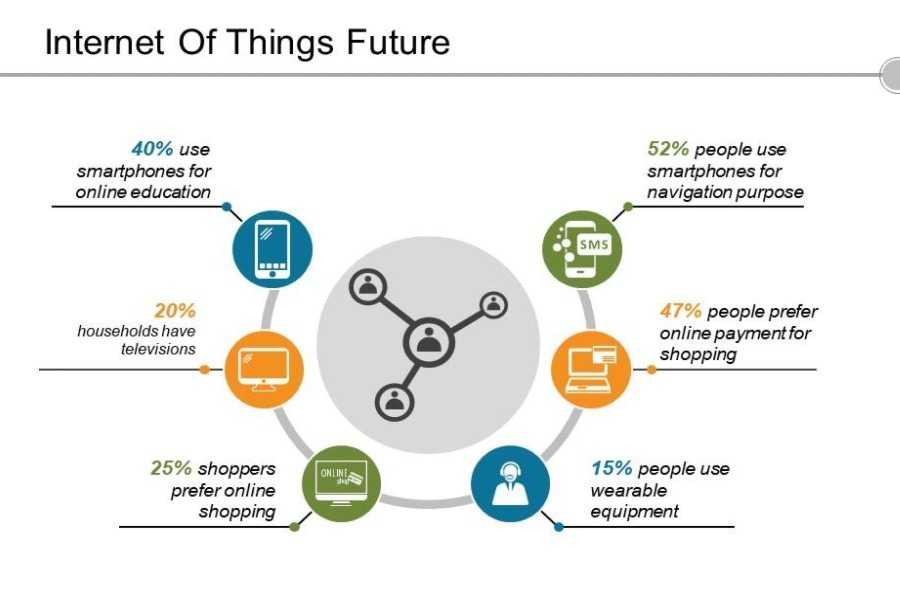
Can Blockchain Strengthen the Internet Of Things (IOT)?

Table Of Contents
Can Blockchain Strengthen the Internet Of Things(IOT)?
The Internet of Things (IoT) and blockchain are two technological domains that have been making waves in the digital world.
But what happens when these two intersect? This post will delve into the potential of blockchain technology in fortifying the Internet of Things, transforming it into a more secure, efficient, and reliable network.
Blockchain and IoT: A Powerful Combination

Blockchain, the underlying technology of cryptocurrencies like Bitcoin, is a decentralized and secure ledger system. It offers a transparent and immutable way of recording transactions, eliminating the need for a centralized authority.
On the other hand, the Internet of Things (IoT) refers to the network of physical devices—ranging from everyday household items to sophisticated industrial tools—connected to the internet, collecting and sharing data.
When these two groundbreaking technologies converge, they can offer robust solutions to some of the most significant challenges facing IoT, particularly issues related to trust, security, and scalability.
For instance, blockchain can provide a secure and transparent way to track the millions of transactions that occur between devices in an IoT network, significantly enhancing security and trust in the system.
Use Cases of Blockchain in IoT

The fusion of blockchain and IoT has opened up a plethora of potential use cases across various sectors. Here are a few notable examples:
Supply Chain Management: IoT devices can meticulously track and record every step of a product’s journey from manufacture to sale. Blockchain can provide a secure and transparent record of these transactions, ensuring that products are authentic and have been handled correctly.
Smart Homes: IoT devices in smart homes collect a vast amount of data. Blockchain can provide a secure and private way to store this data, preventing unauthorized access and ensuring homeowner privacy.
Automotive Industry: IoT devices in vehicles can collect data on vehicle performance and driver behavior. Blockchain can ensure this data is securely stored and can also facilitate transactions (like paying for tolls or charging an electric vehicle) directly between devices.
Agriculture: IoT devices can monitor crop conditions and livestock health. Blockchain can securely store this data and facilitate transactions (like selling crops or livestock) directly between farmers and buyers, ensuring transparency and trust in the food supply chain.
The Role of Blockchain in Securing IoT

One of the main benefits of using blockchain in IoT is the enhanced security it can provide. Blockchain’s decentralized nature means there is no single point of failure that can be targeted by hackers.
Furthermore, the cryptographic processes used in blockchain provide a high level of data security.
Blockchain can also provide a level of data integrity that is crucial in an IoT context. Each block in a blockchain contains a cryptographic hash of the previous block, creating a chain of blocks that cannot be altered without changing the entire chain.
This ensures that once data is recorded in a blockchain, it cannot be changed or tampered with. This is particularly important in an IoT context, where the data collected by devices can be used to make critical decisions.
The Future of Blockchain and IoT

The combination of blockchain and IoT is still a relatively new concept, and there is a lot of potential for future development. As more IoT devices are connected to the internet, the need for secure and reliable ways to manage the vast amounts of data they produce will become increasingly important.
Blockchain technology could provide the solution to this challenge. By providing a secure, decentralized way to record and verify transactions, blockchain could help to build trust in IoT networks and ensure that the data they produce is accurate and reliable.
In conclusion, the combination of blockchain and IoT has the potential to create significant value. By addressing some of the key challenges facing IoT, such as security and trust, blockchain could help to unlock the full potential of IoT and drive the next wave of technological innovation.
Deep Dive into Blockchain and IoT

To further understand the potential of blockchain in strengthening IoT, let’s delve into a case study presented by IoTeX, a Silicon Valley startup focused on building the Internet of Trusted Things using blockchain technology.
IoTeX has developed a Blockchain & IoT Reference Architecture, which consists of three layers.
- The first layer is the asset layer, where IoT devices are attached to physical assets, collecting data about the status of these assets.
- The second layer is the Cloud backend, which hosts all of the essential security services and other services to manage IoT solutions.
- The third layer is the blockchain layer, where asset-related entries related to different types of applications are stored.
This architecture allows for multiple integration patterns, covering a wide range of IoT applications and use cases. For instance, data from the asset can go to the IoT Cloud and then to the blockchain, a popular integration pattern for enterprise and industrial IoT applications.
Alternatively, data can go from smart devices directly to the blockchain, a pattern suitable for completely decentralized applications focused on machine-to-machine communications.
One of the practical applications of this architecture is in home Internet Protocol (IP) camera systems. IoTeX has used blockchain to enhance the security of these systems in three ways:
Password-less Login: Traditional username and password-based logins are replaced with a blockchain wallet. Each user account contains a blockchain address and a random challenge, which is updated after each successful login attempt. This removes the need for users to remember their passwords and provides a more secure login system.
Secure Device Ownership: Each device is associated with a blockchain address, which is linked to its owner’s address. A smart contract on the blockchain manages the ownership, ensuring that device ownership is protected against hackers.
Data Integrity: Cameras can build a Merkle tree for all the video clips they collect and invoke a checkpoint management smart contract for integrity checkpoint commitments. Users can then verify the data integrity of the video clips retrieved from the SD card or their remote storage with the Merkle root.
These applications demonstrate the potential of blockchain in enhancing the security and efficiency of IoT systems. As more IoT devices are developed and connected to the internet, the role of blockchain in strengthening IoT will likely become increasingly significant.
Final Thoughts

The intersection of blockchain and IoT presents a myriad of possibilities for enhancing the security, efficiency, and reliability of IoT systems. By providing a decentralized, transparent, and immutable method of recording transactions, blockchain can address some of the most significant challenges facing IoT, such as trust and security issues.
The use cases of blockchain in IoT are vast and varied, ranging from supply chain management to smart homes, the automotive industry, and agriculture. These applications demonstrate the potential of blockchain in transforming various sectors, making processes more transparent, secure, and efficient.
Moreover, the role of blockchain in securing IoT cannot be overstated. By providing a high level of data security and integrity, blockchain can ensure that the data collected by IoT devices is accurate, reliable, and tamper-proof.
The future of blockchain and IoT looks promising. As more IoT devices are connected to the internet, the need for secure and reliable ways to manage the vast amounts of data they produce will become increasingly important. Blockchain technology could provide the solution to this challenge, helping to build trust in IoT networks and ensure that the data they produce is accurate and reliable.
In conclusion, the combination of blockchain and IoT has the potential to create significant value. By addressing some of the key challenges facing IoT, blockchain could help to unlock the full potential of IoT and drive the next wave of technological innovation. As we continue to explore and understand these technologies, we can look forward to a future where IoT systems are more secure, efficient, and reliable, thanks to the power of blockchain.
Tags
Share
Related Posts




Quick Links
Legal Stuff

